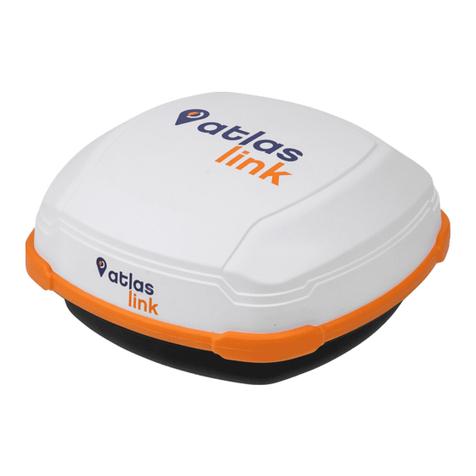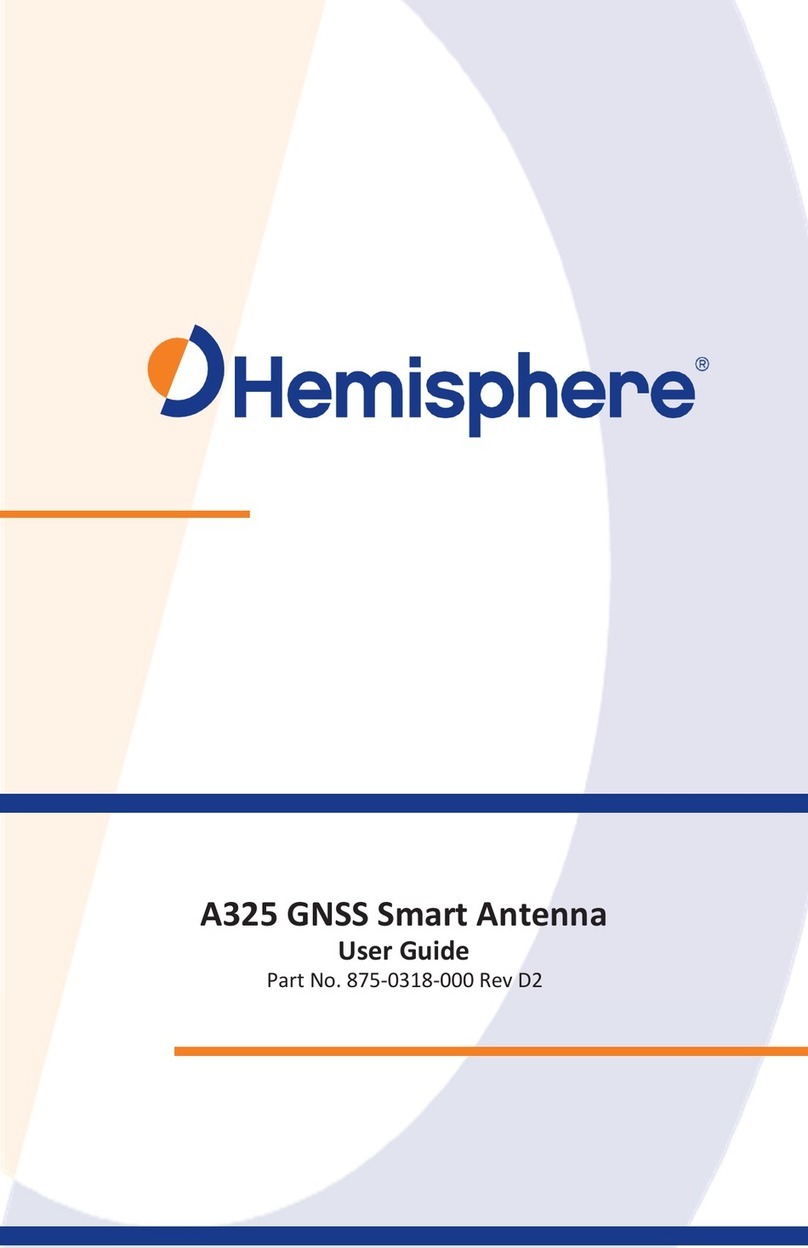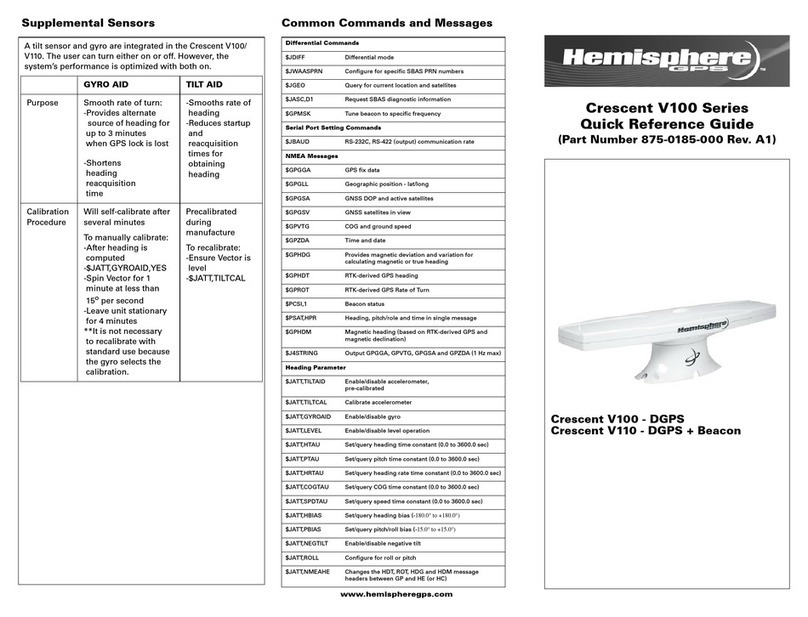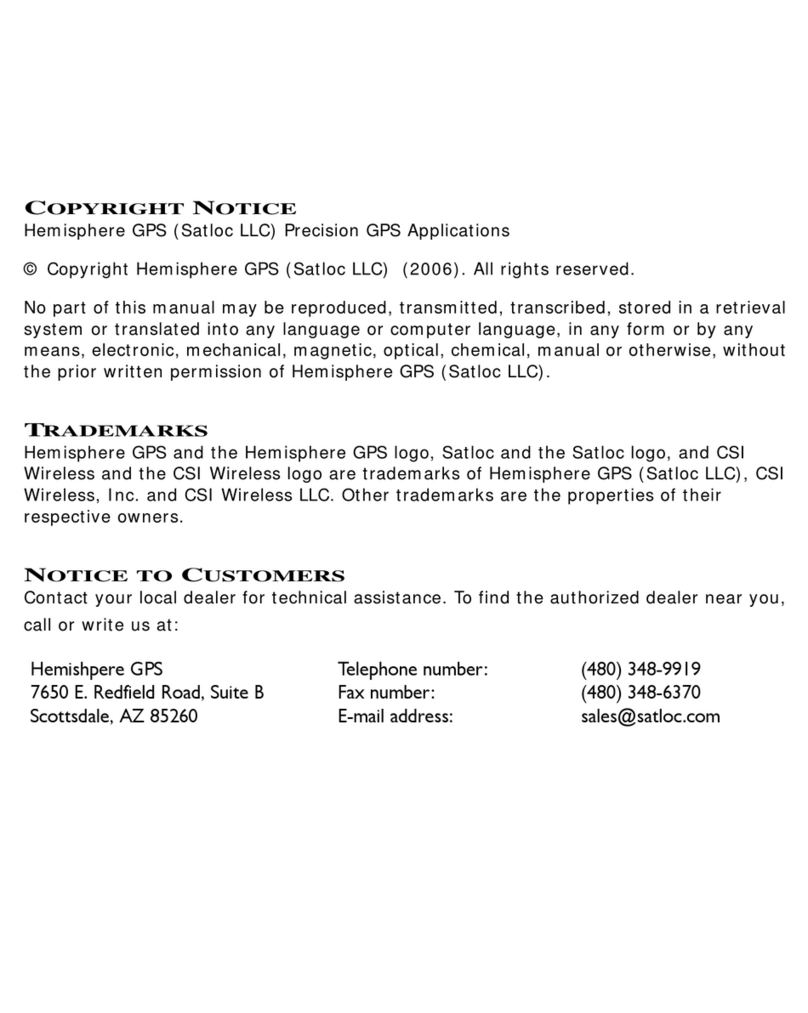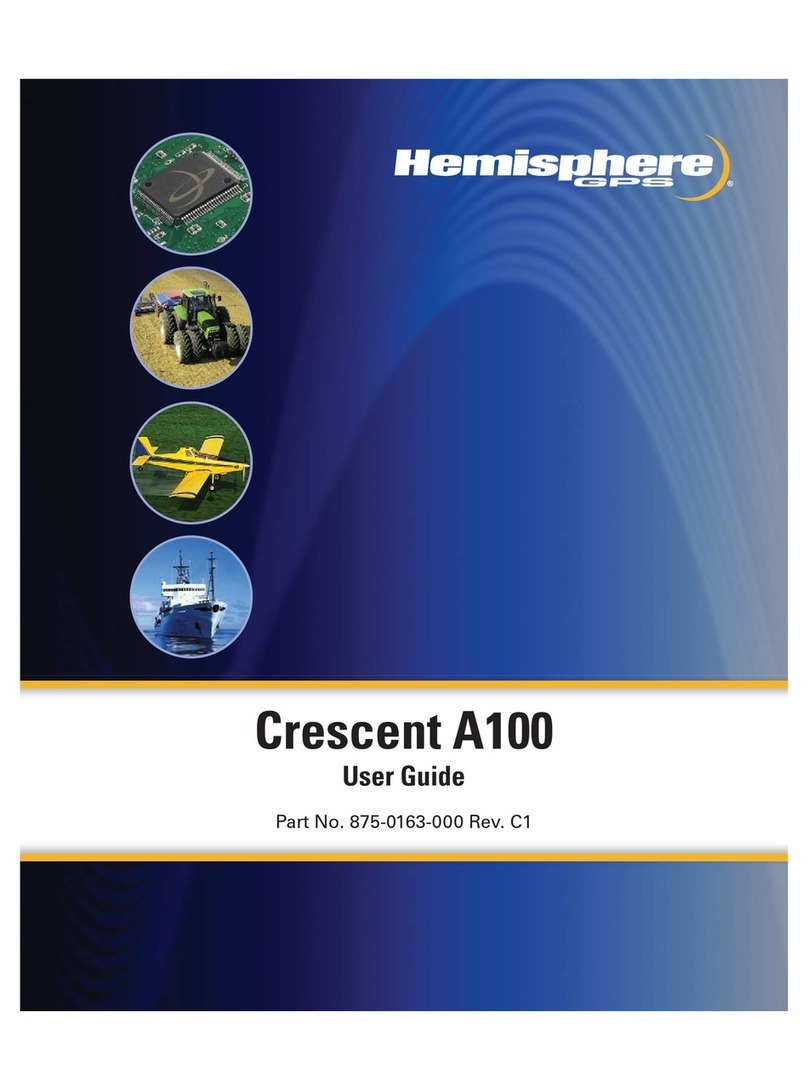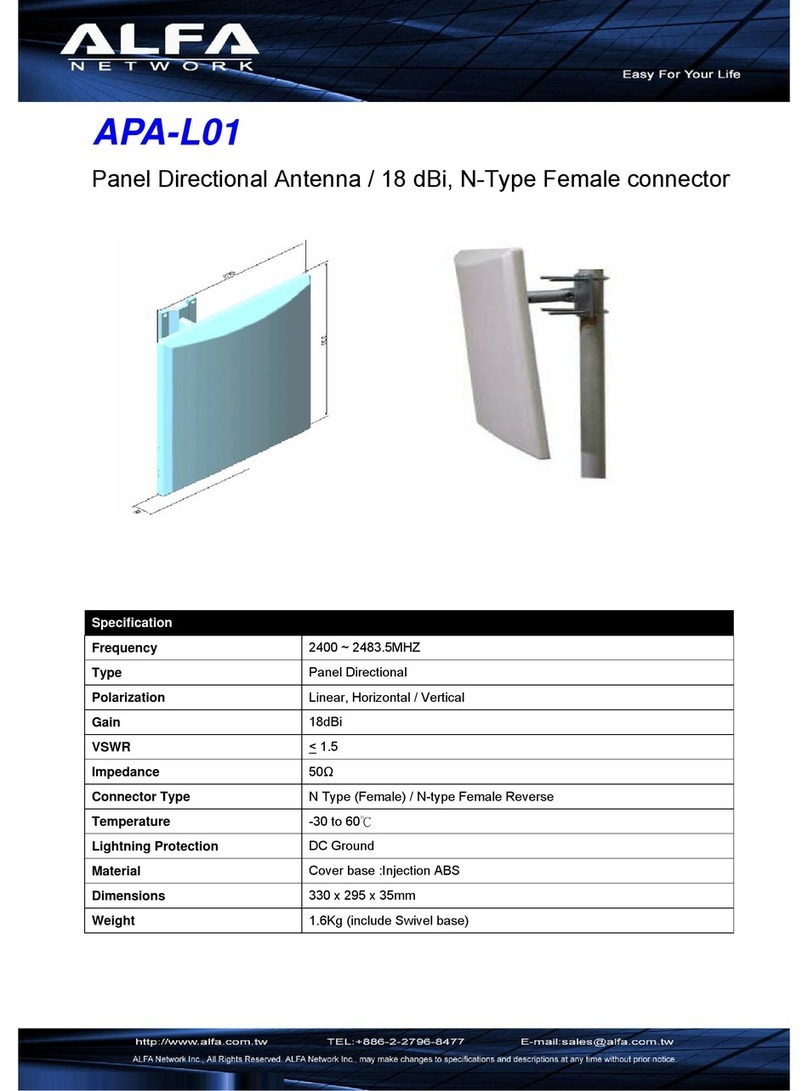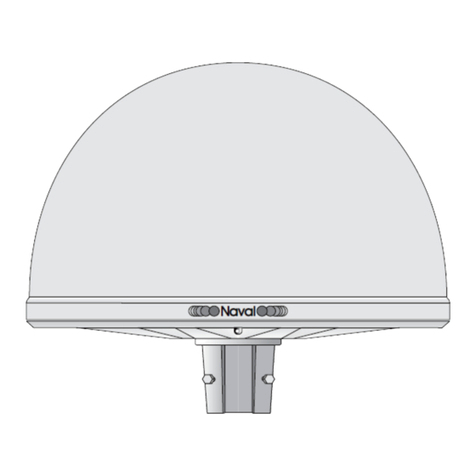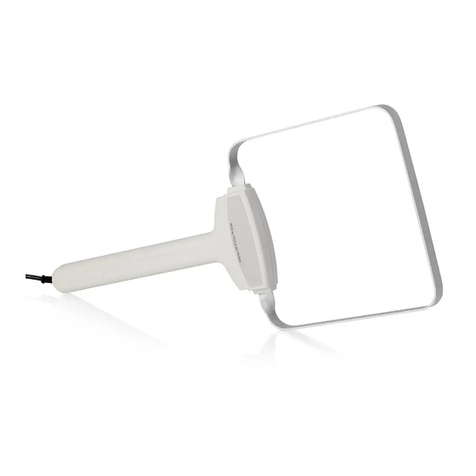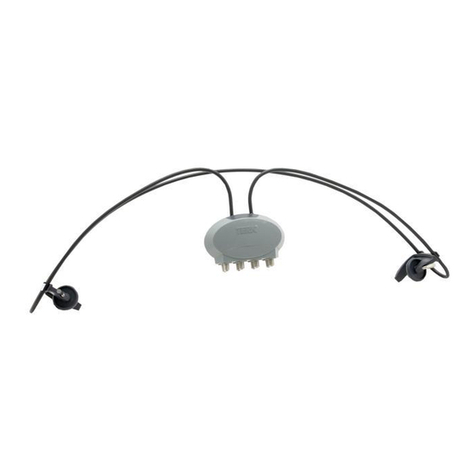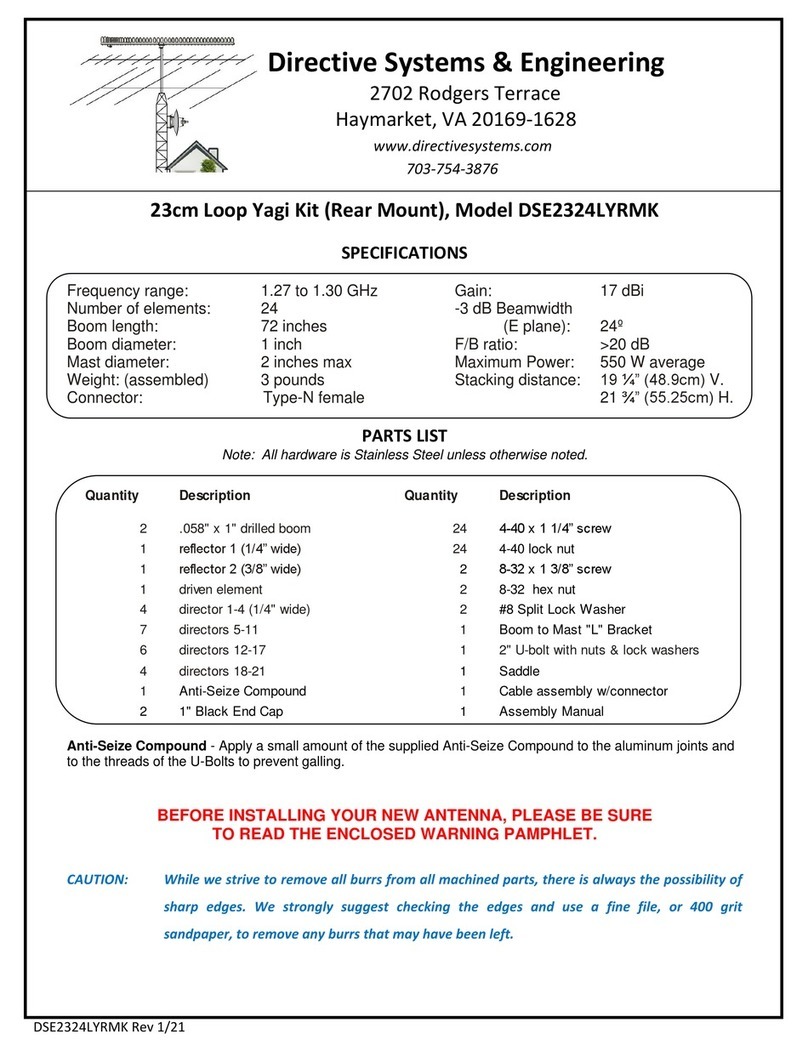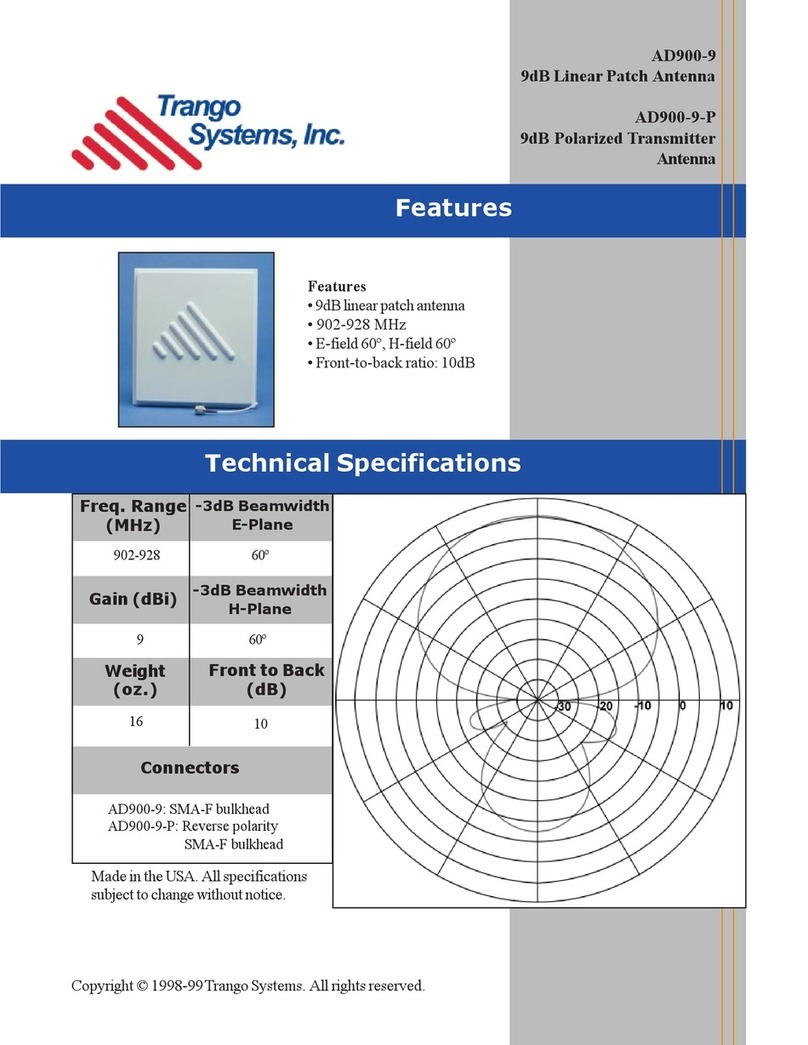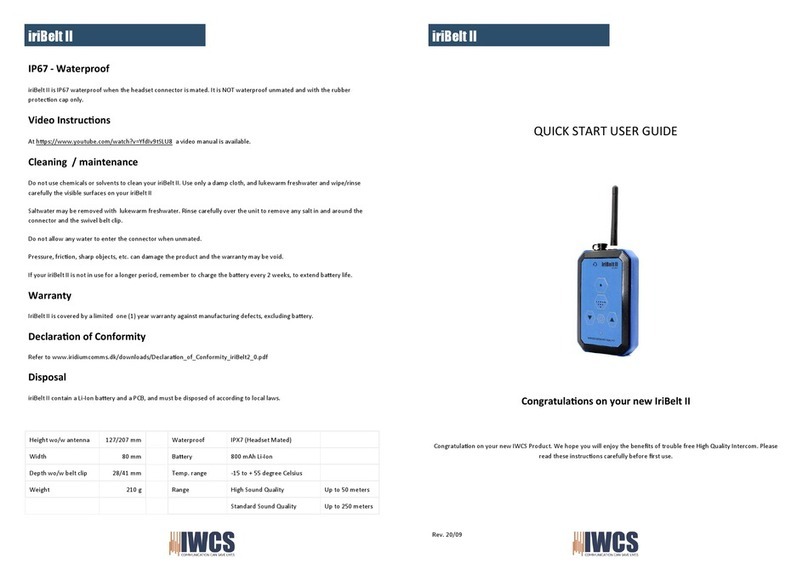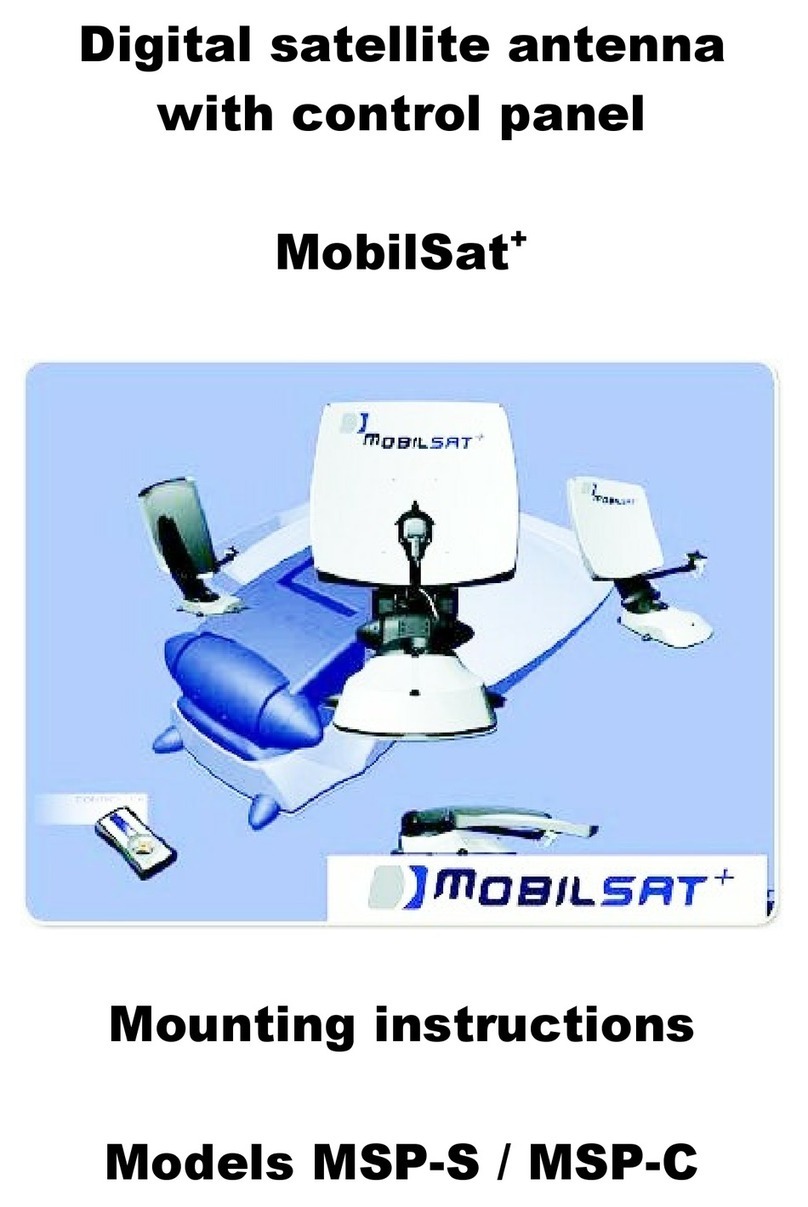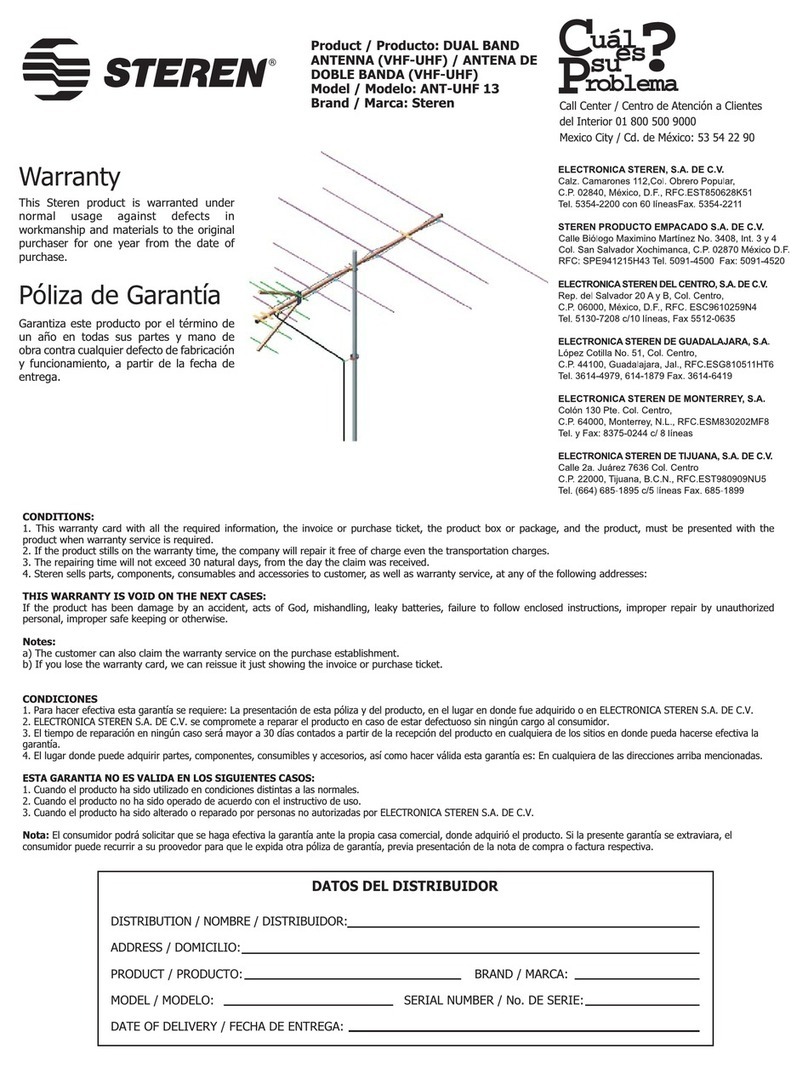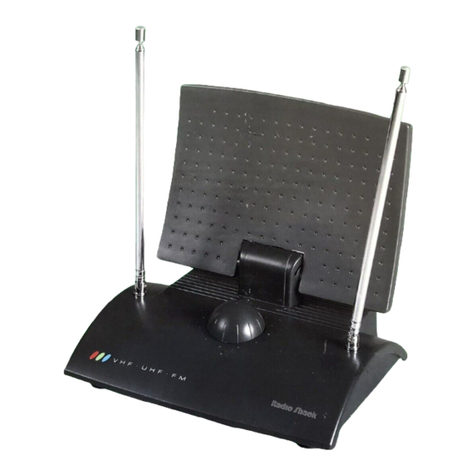
ii
Table of Contents
Copyright Notice .............................................................................................................................................................. i
Trademarks ..................................................................................................................................................................... i
Patents ............................................................................................................................................................................ i
Notice to Customers ........................................................................................................................................................ i
Technical Support ........................................................................................................................................................... i
Documentation Feedback ............................................................................................................................................... i
Chapter 1: Introduction ................................................................................................................................................... 1
Introduction ..................................................................................................................................................................... 2
Overview ....................................................................................................................................................................... 2
Key Features ................................................................................................................................................................. 3
Parts List ....................................................................................................................................................................... 3
Product Support ............................................................................................................................................................ 3
Chapter 2: Installation .................................................................................................................................................... 4
Installation ...................................................................................................................................................................... 5
Display, Mounting, and Connectors .............................................................................................................................. 5
LED Display .................................................................................................................................................................. 6
Mounting A222 .............................................................................................................................................................. 6
Selecting the Proper Antenna Location ................................................................................................... 6
Routing and Securing the Cables ............................................................................................................ 6
Mounting Options ..................................................................................................................................... 6
Surface Mount .......................................................................................................................................... 7
Pole Mount ............................................................................................................................................... 9
Powering A222............................................................................................................................................................ 10
Power Considerations ............................................................................................................................ 10
Connecting to a Power Source .............................................................................................................. 10
Power/Data Connector ........................................................................................................................... 10
Chapter 3: Using A222 ................................................................................................................................................. 12
Using A222 ................................................................................................................................................................... 13
GNSS Operation ......................................................................................................................................................... 13
Automatic Tracking ................................................................................................................................ 13
Receiver Performance ........................................................................................................................... 13
Differential Operation .................................................................................................................................................. 13
Automatic SBAS Tracking ..................................................................................................................... 13
Default Parameters ..................................................................................................................................................... 14
Configuring the A222 .................................................................................................................................................. 14

